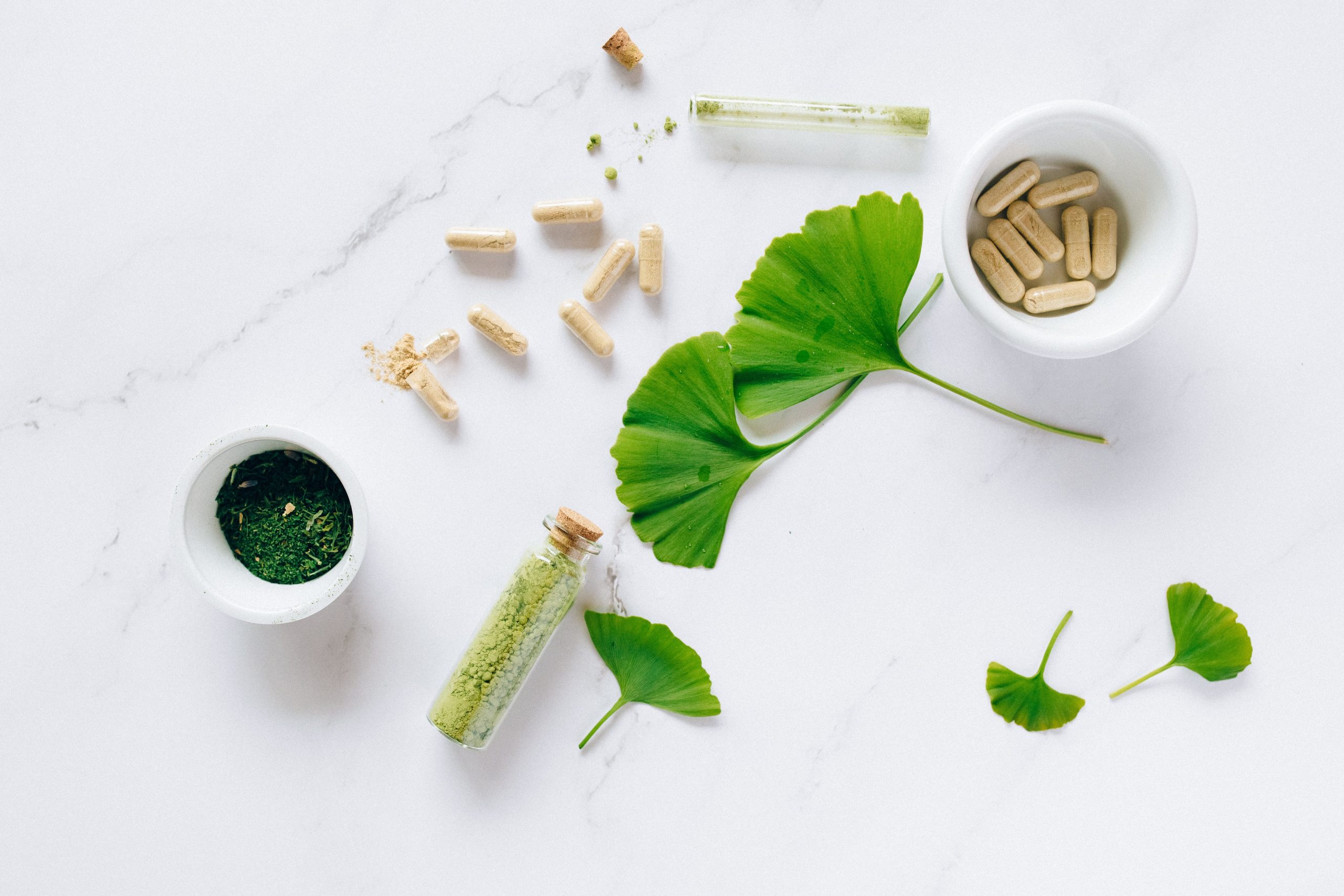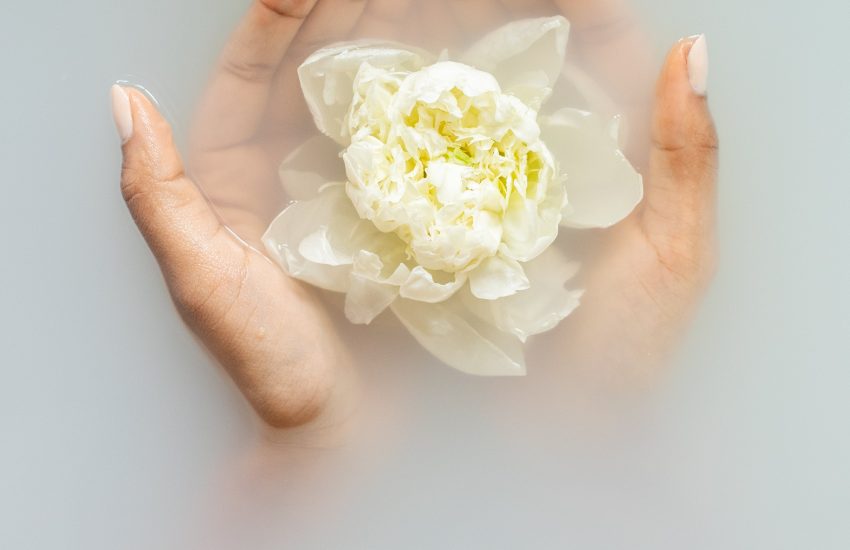Exploring Menstrual Cup Options: Pros, Cons, and How-Tos
Menstrual cups have gained popularity in recent years as a more sustainable and cost-effective alternative to traditional tampons and pads. In this article, we will explore the pros and cons of using menstrual cups, different options available on the market, and provide a step-by-step guide on how to use them.
Pros of Menstrual Cups
Environmentally friendly: Menstrual cups are reusable and can last for years, reducing waste from disposable tampons and pads.
Cost-effective: While the initial investment may be higher, menstrual cups save money in the long run as they can be used for multiple periods.
Healthier option: Menstrual cups are made of medical-grade silicone or latex, reducing the risk of Toxic Shock Syndrome compared to tampons.
Cons of Menstrual Cups
Learning curve: It may take some time to get used to inserting and removing a menstrual cup, especially for first-time users.
Cleaning routine: Menstrual cups need to be cleaned thoroughly between uses, which can be inconvenient for some users.
Fit and comfort: Finding the right size and shape of menstrual cup for your body can be a trial-and-error process.
Types of Menstrual Cups
There are several brands and options available when it comes to menstrual cups. Some popular brands include DivaCup, Lunette, and Lena Cup. It’s essential to consider factors such as size, firmness, and capacity when choosing a menstrual cup that will work best for you.
How to Use a Menstrual Cup
Wash your hands thoroughly before handling the menstrual cup.
Follow the instructions provided by the manufacturer for folding and inserting the cup.
Make sure the cup is fully opened and sealed inside the vagina to prevent leaks.
Empty and rinse the cup every 4-8 hours, depending on your flow.
Clean the cup with mild soap and water at the end of your period and store it in a breathable cotton bag until the next use.
Conclusion
Menstrual cups are a viable and sustainable option for managing menstruation. While they may have a learning curve and require a bit more maintenance than traditional period products, the benefits they offer in terms of cost savings, environmental impact, and improved health make them a worthwhile investment for many women.


